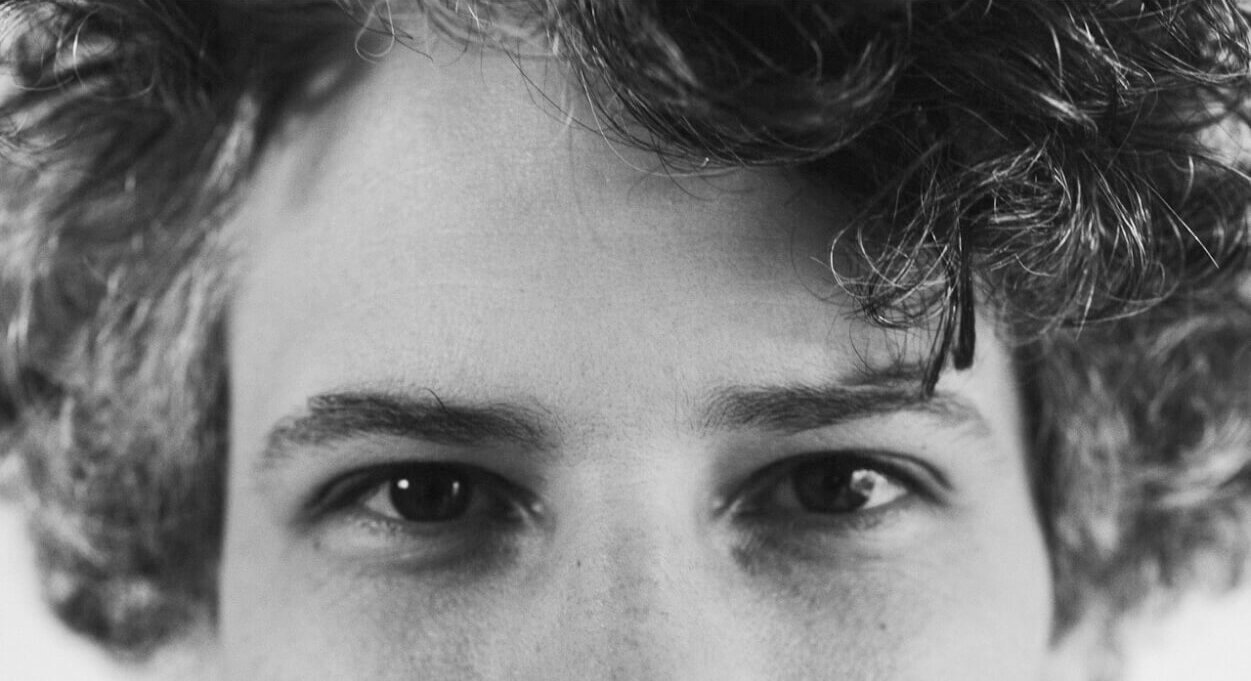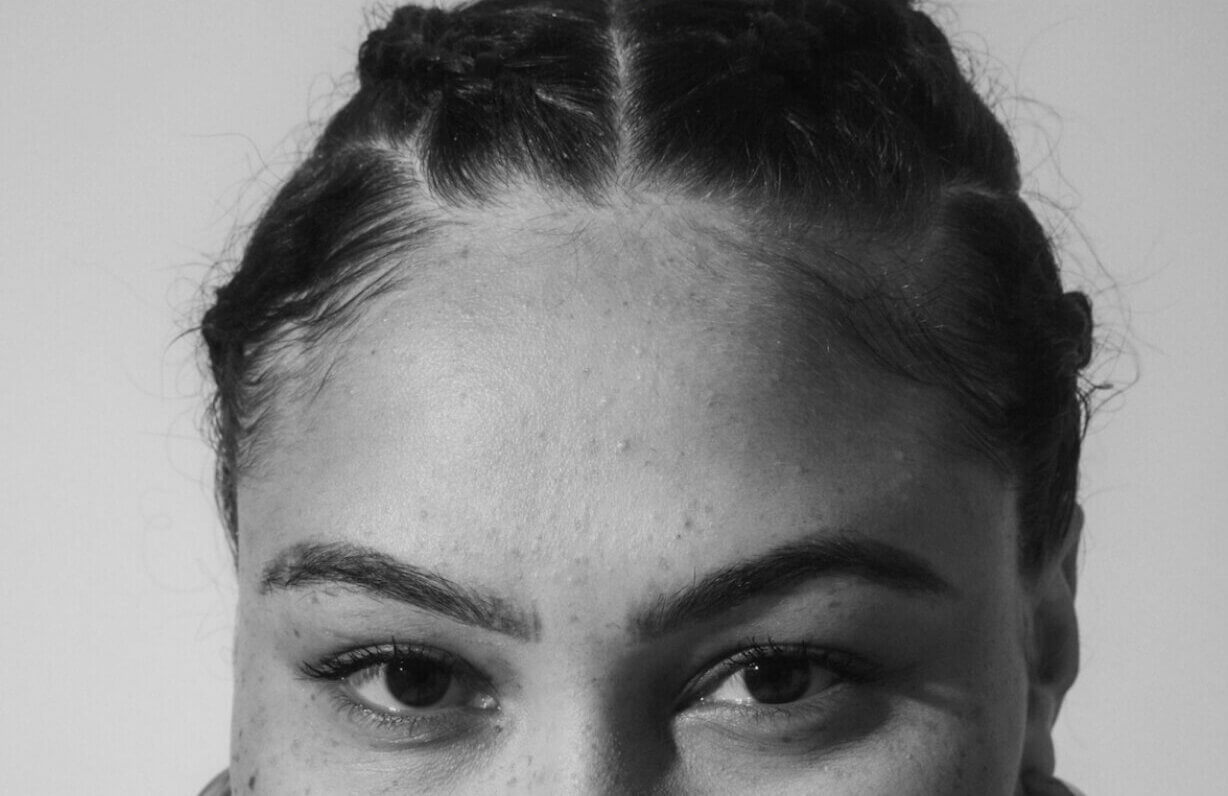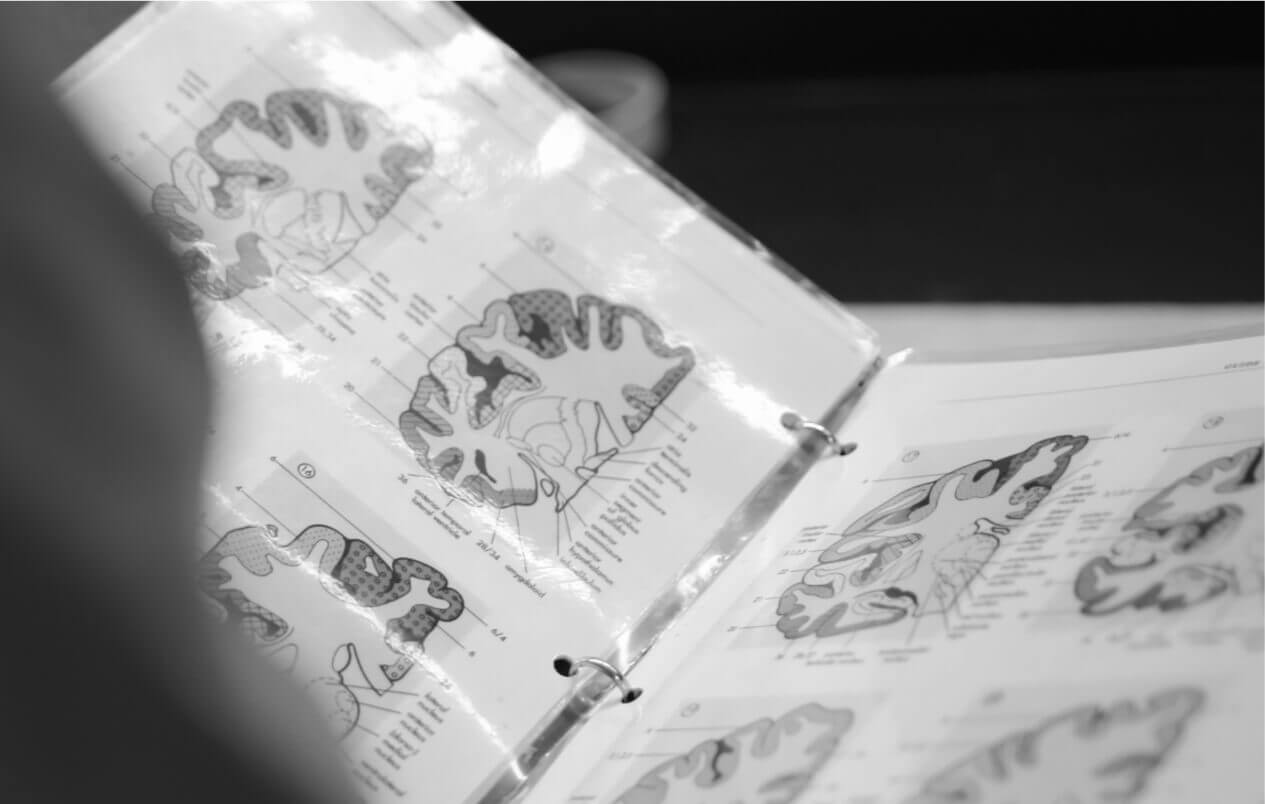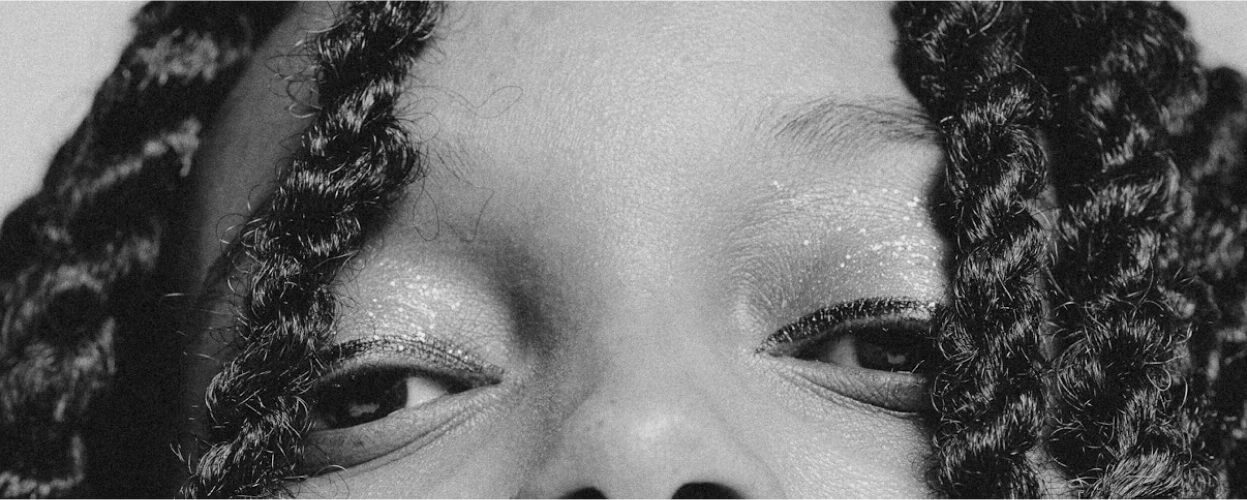What Happens After We Die? Exploring Burial, Cremation, and New Paths Forward
When we talk about end-of-life planning, we often focus on administrative tasks —wills, healthcare directives, insurance. But there’s another deeply personal question that deserves equal attention: What happens to our bodies when we die?
For centuries, the answer was pretty straightforward. People were buried in cemeteries, often following religious or cultural traditions. But today, as our values shift toward sustainability, simplicity, self-expression, and even science, our options have expanded in meaningful and sometimes surprising ways.
Whether you’re planning ahead for yourself or navigating a loss in the family, understanding these options can bring both clarity and peace.
The Traditional Path. For many, traditional burial still offers a sense of comfort and ceremony. A viewing, a funeral service, and a graveside farewell—these rituals provide structure and a place for grief to take hold. Burial often involves embalming, a casket, and a cemetery plot. For some, having a permanent place to visit brings solace.
Cremation. Cremation has become increasingly common in recent decades, partly because it’s often more affordable and allows for greater flexibility. After the cremation process, families can choose to scatter the ashes, keep them in a meaningful place, or even incorporate them into keepsakes, such as jewelry or glass art. For some, it feels like a more modern, less burdensome option.
A Return to Nature. Natural or “green” burial is a growing alternative to traditional burial or cremation. It’s a gentle, earth-friendly option that avoids embalming and uses biodegradable caskets or shrouds. The body is placed directly into the ground, allowing it to return to the soil naturally. Often, these burials take place in conservation areas or woodland cemeteries, where native plants grow freely and graves may be marked with simple stones or even GPS coordinates.
For those who feel most connected to the earth—or want to leave behind as little impact as possible—green burial offers a peaceful and poetic option.
New Visions for the Future. The possibilities continue to evolve. Some people now choose to be composted—a process known as natural organic reduction—where their body is gently transformed into nutrient-rich soil. Others opt for biodegradable burial pods that nourish a newly planted tree. There are even mushroom burial suits designed to neutralize toxins and aid in natural decomposition.
No matter what is chosen in terms of the body, there’s something important to consider first.
The Gift of Donation. For many, the most meaningful post-death choice is to donate to science. One way to do so is through brain donation. Brain donation provides precious tissue to neuroscientists working to advance breakthroughs in brain diseases and disorders. And, donating the brain to science does not interfere with other post-death plans, including burial, cremation or other alternatives. Choosing to donate is a generous and selfless act—one that can ripple far into the future.
Whole body donation is also a choice many people make. Whole body donation is important for anatomical research; however, post-mortem brain tissue is far more valuable for neuroscience research. People can donate their body to a medical school and their brain to a brain bank, such as the NIH’s NeuroBioBank, through The Brain Donor Project; however, separate arrangements must be made.
Making the Choice. Ultimately, there is no “right” way to be laid to rest—only the way that feels most aligned with your values, beliefs, and hopes for what you leave behind. Some people want tradition and a place their family can visit. To others, those things are not as important.
What matters most is that these decisions are made thoughtfully and, ideally, discussed with the people closest to you. It can be a difficult conversation to begin, but your family will find comfort in knowing your wishes, rather than wondering. It is one of the kindest gifts you can offer your loved ones.



